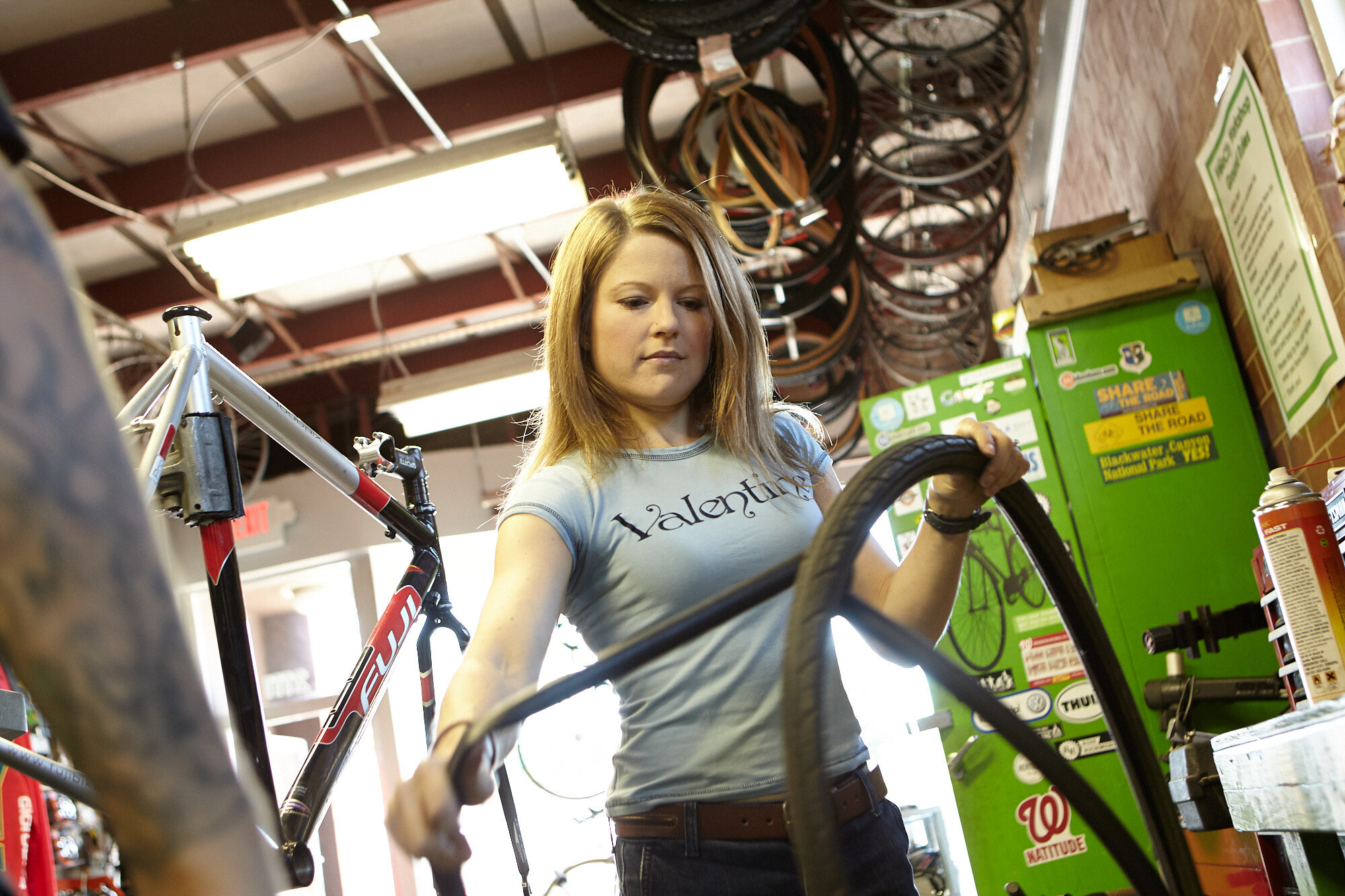I looked at my calendar the other day and realized it had been 10 years (!) since I began The Learn Project, a personal series that followed adults learn how to do unusual things.
When I moved to D.C. in 2010, I realized I needed to shake-up my portfolio. I had been working squarely in the corporate and PR space, but I wanted to something a bit more… adventurous. People recommended that I start to make pictures about my passions and hobbies.
That’s when it hit me. I. Had. No. Hobbies. (sigh.)
A few days later, I was sitting in traffic on the corner of Connecticut Ave and K Street when I saw a crane raising a load of i-beams up to a building. I remember thinking, “how in the hell did they learn to do that???!?” And just like that, The Learn Project was born. (The answer, by the way, is the aptly named, “The Crane School.”)
I’ve always considered myself a “101” kid–you know, those survey courses in college that are largely the domain of those who haven’t declared a major yet. Truth be told, I like knowing a little bit about everything, so immersing myself in a project that was as wide as an ocean and as deep as a kiddie pool seemed just about right. It was really a celebration of experiential education, and those teachers, professional and otherwise, who share their knowledge with others. Growing up on a college campus, the son of two college professors, it seemed like I had come full circle in a way.
The outline of the project, which I developed over the course of several beers at the late, great, Science Club , was simple:
I’ve always said that the best thing about traveling is that wherever you go, you can see different horizons. Once you’ve been somewhere different, the logical conclusion is that there must be somewhere else out there, just beyond the ridge Being somewhere makes it very evident that there’s always somewhere new. Similarly, once I began shooting TLP, it added a whole new dimension to which I would look at everything. Life shifted from just being “hey, look at that sword swallower!” to, “Holy shit, how did she learn to do that without slicing off her own head?!?!?”
Getting past the what and noodling around in the how, inevitably leads to the why, makes life much more rich. This is, I realized, led me to really understand why I wanted to be a photographer in the first place. The ability to put myself into someone else’s boots for a moment and to see the world from that perspective, and then step out of those shoes a better person, in addictive.
For various reasons I quietly put the project to bed after a few years. I’m revisiting the concept from a slightly different angle, which I’ll be sharing soon. In the meantime, here’s a celebration of unusual education, and especially the humans–teachers–who spread knowledge, arcane and otherwise–to the rest of us. These are the beekeepers, the survivalists, the makers, the doers. Those that perform in the literal spotlight and those who work quietly in the odd hours of the night. Some learn for learning sake, others for well-being, and others to make ends meet. Each student has their own reasons and philosophies, and I’ve enjoyed meeting every one.

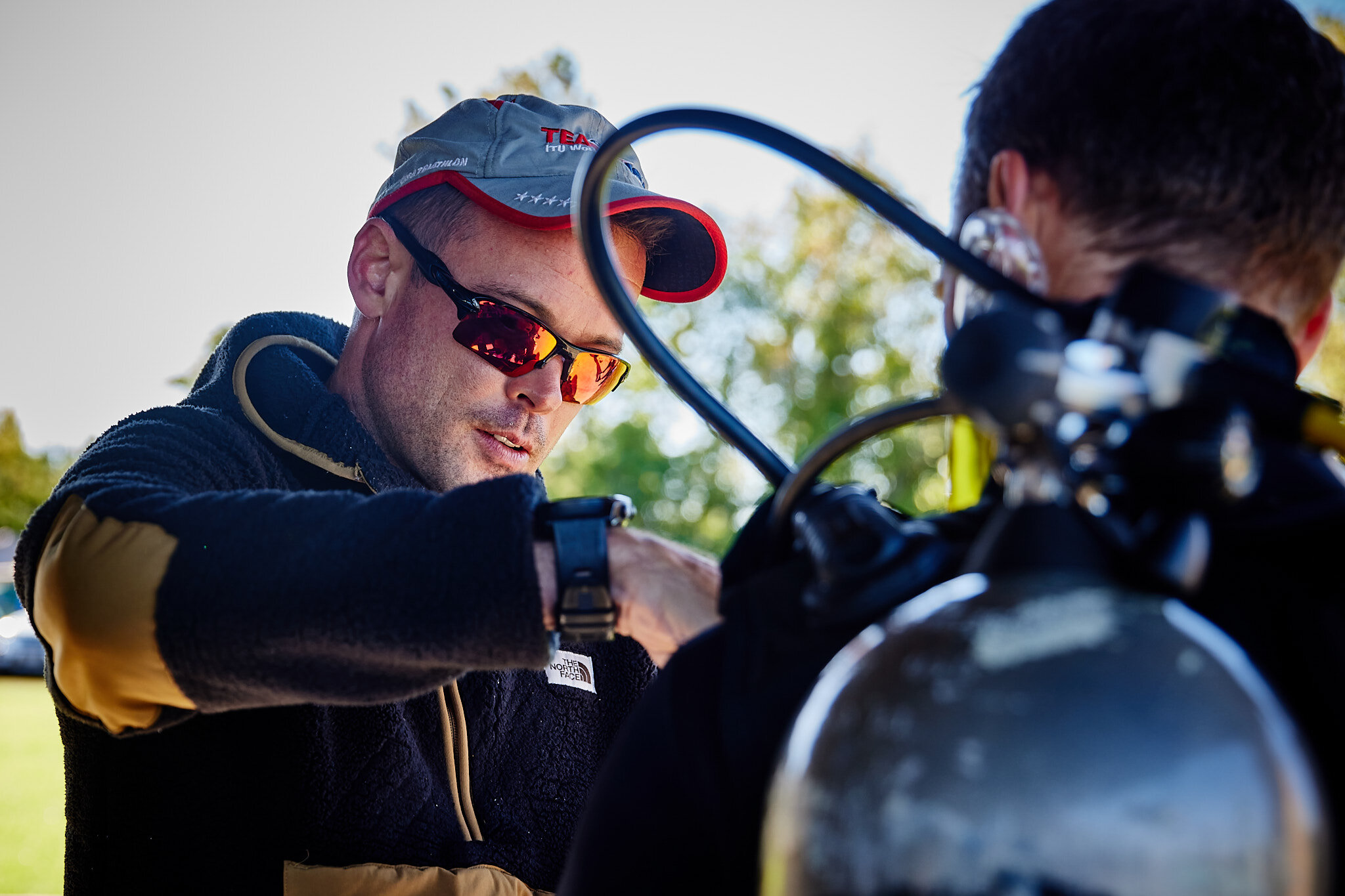
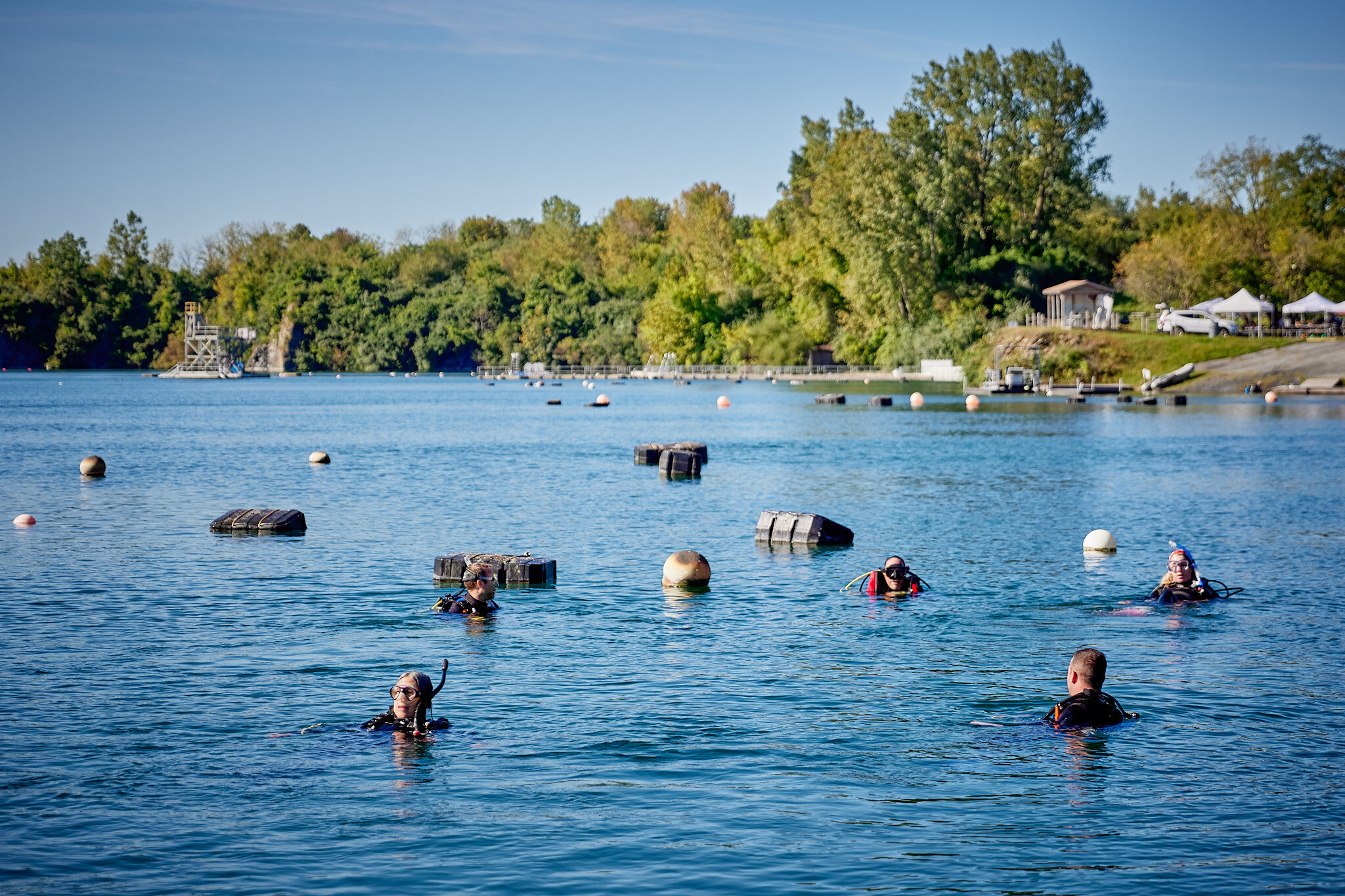
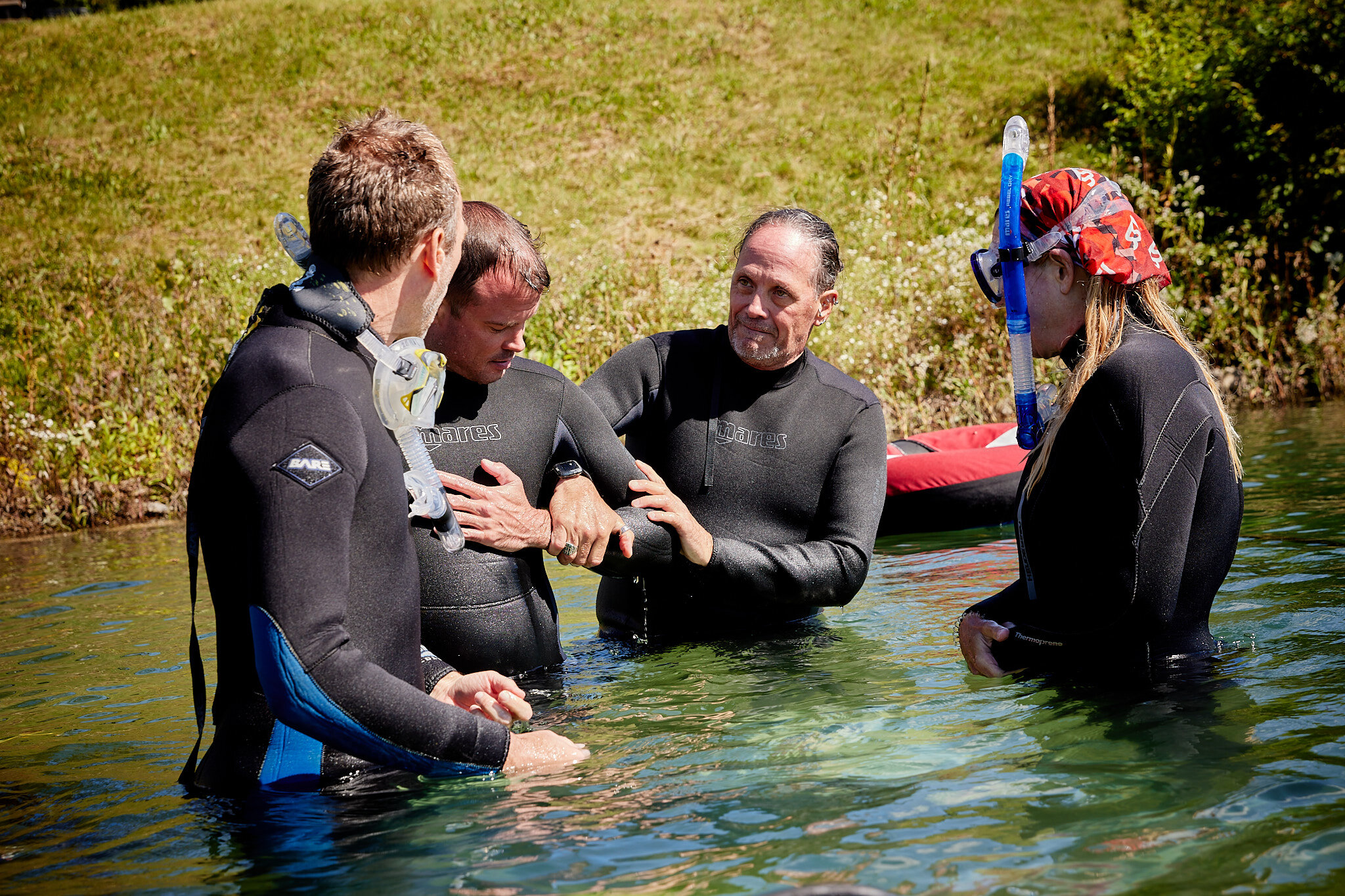
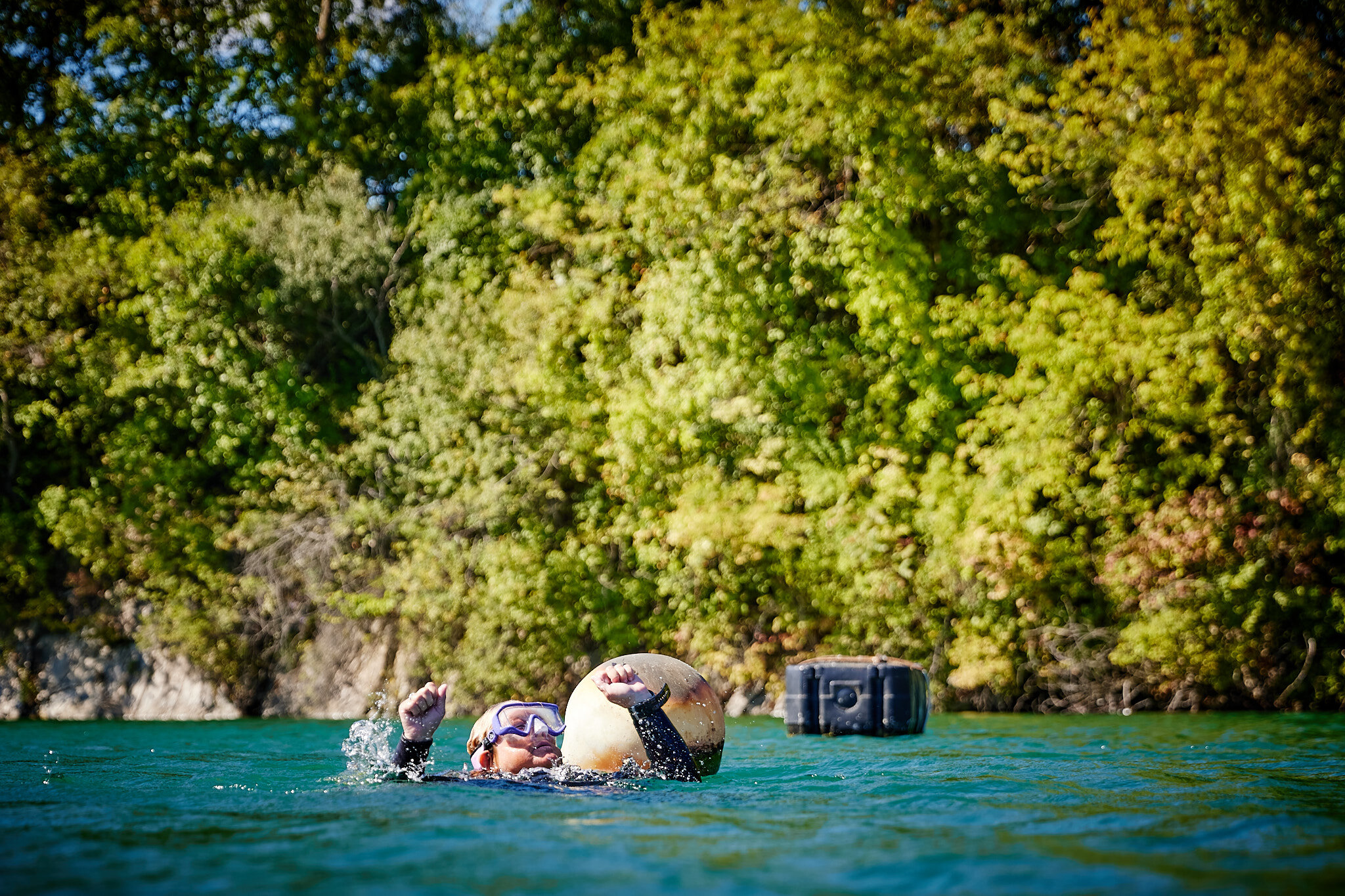
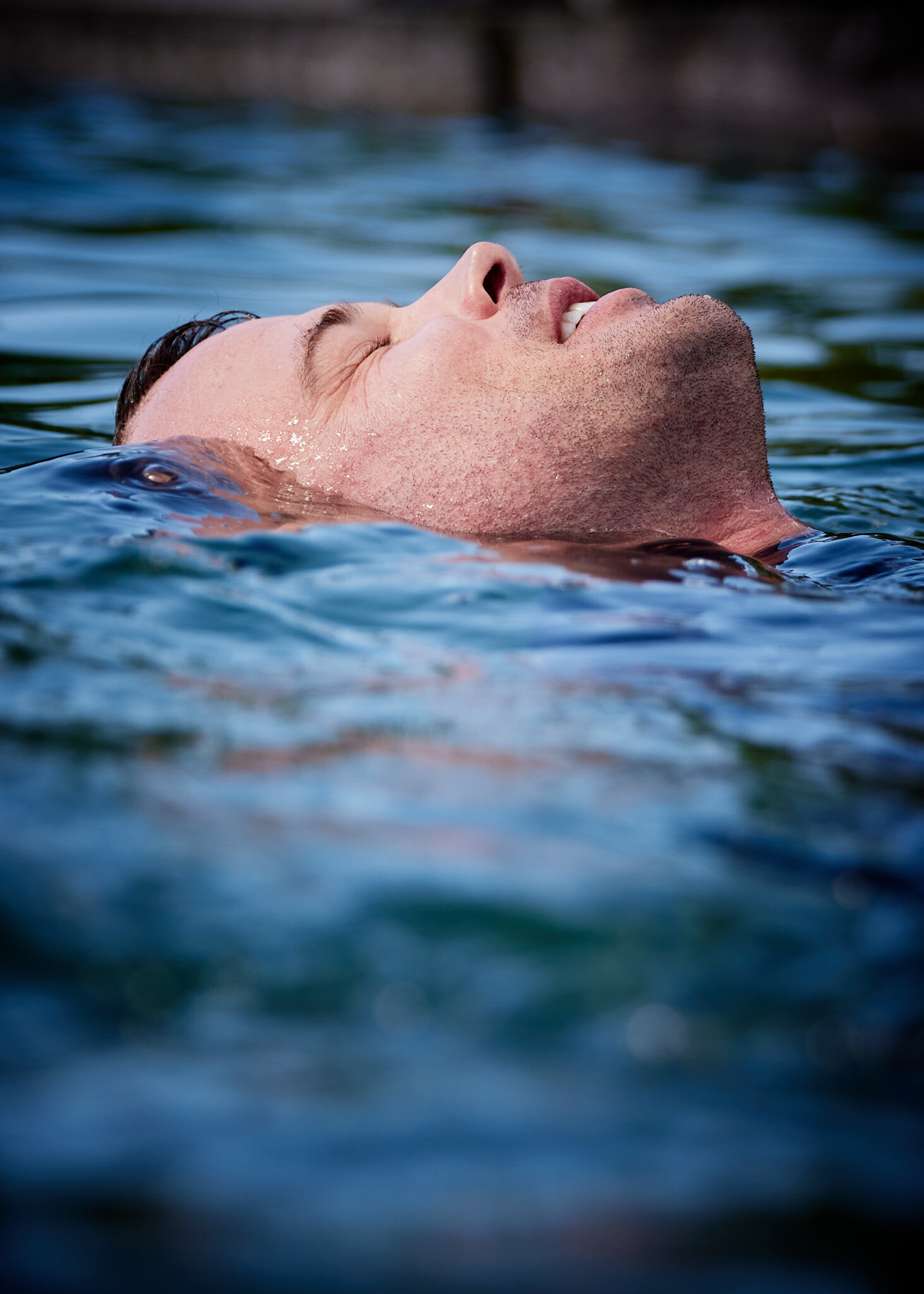
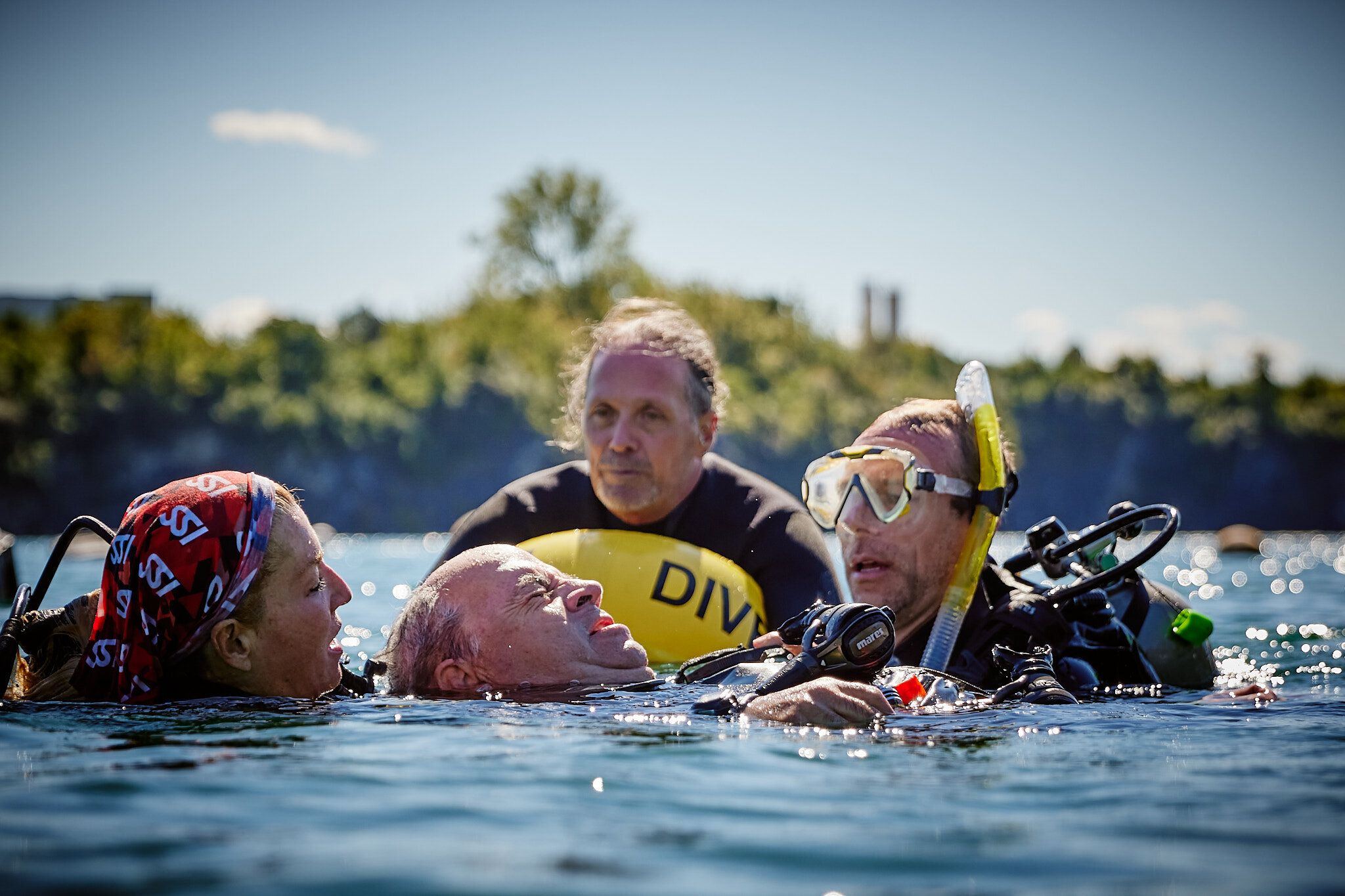
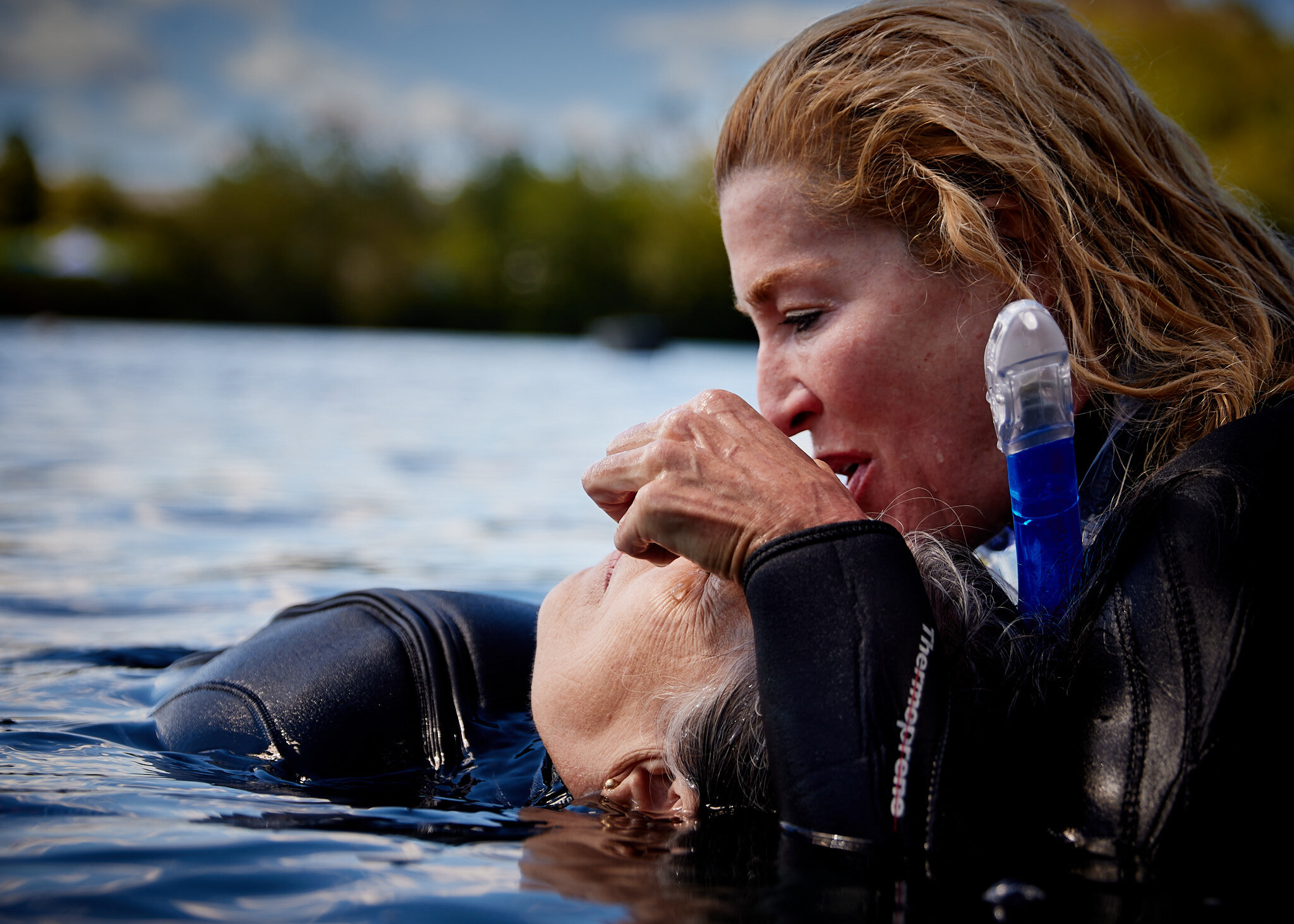
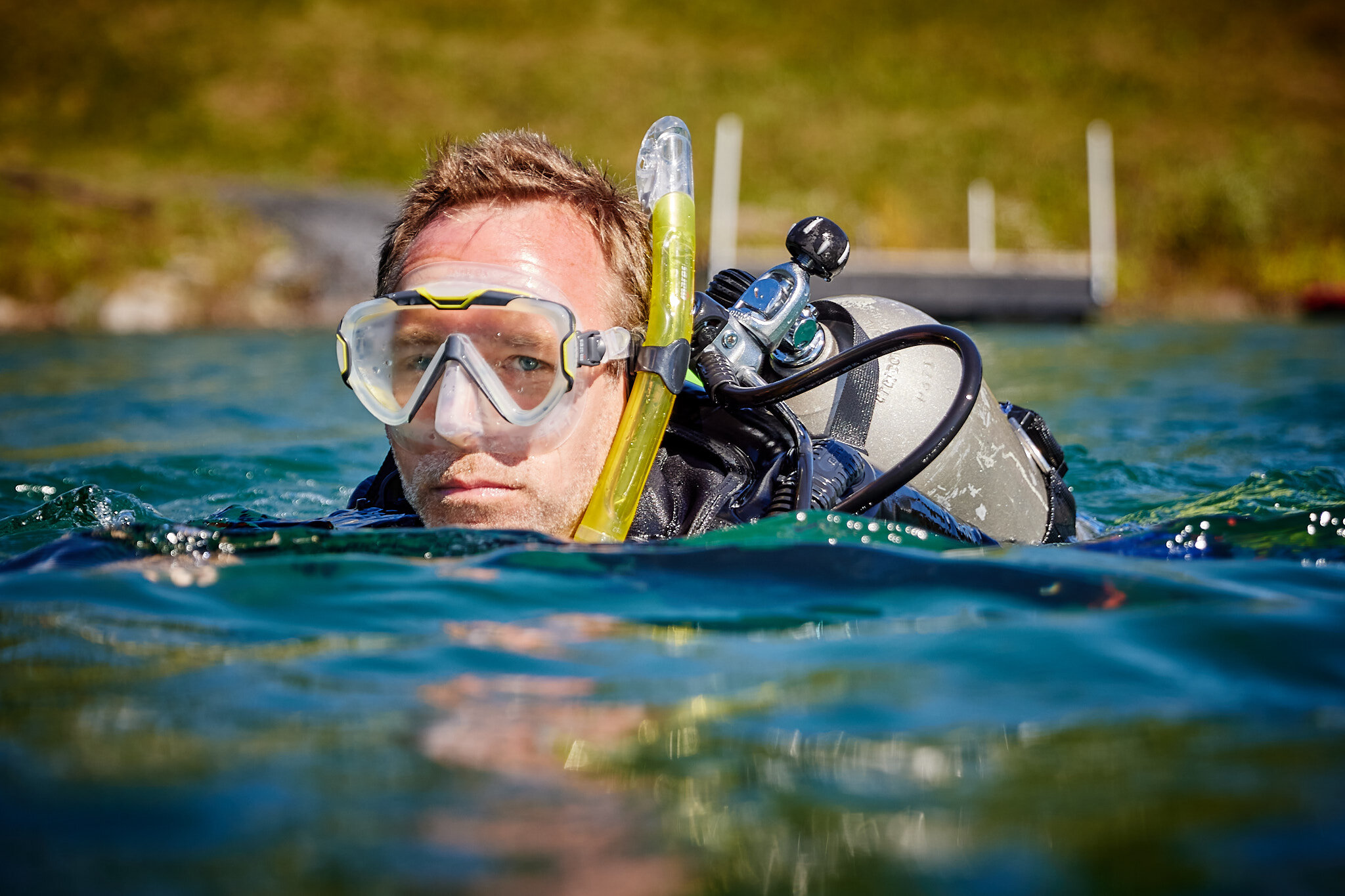
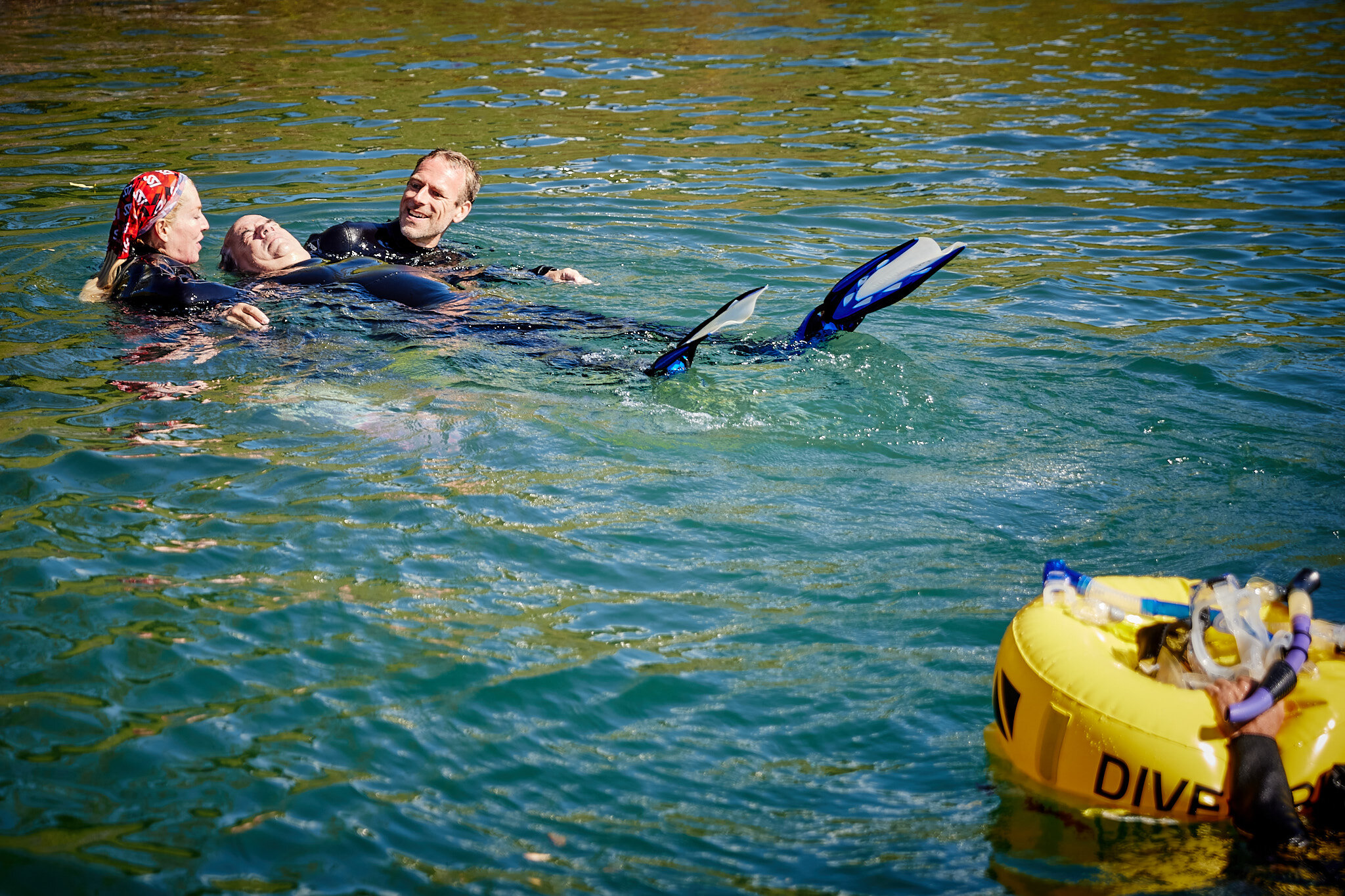
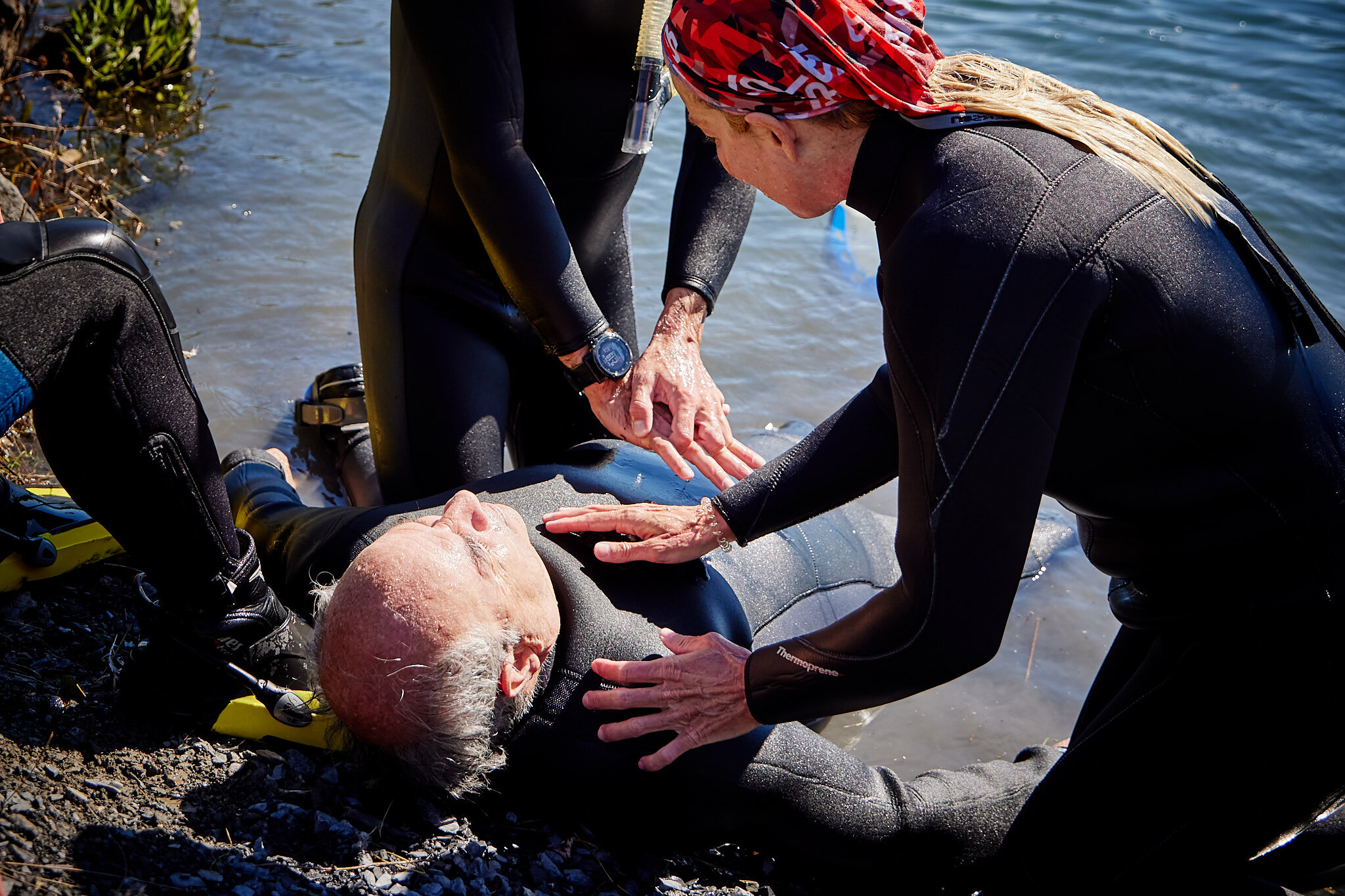







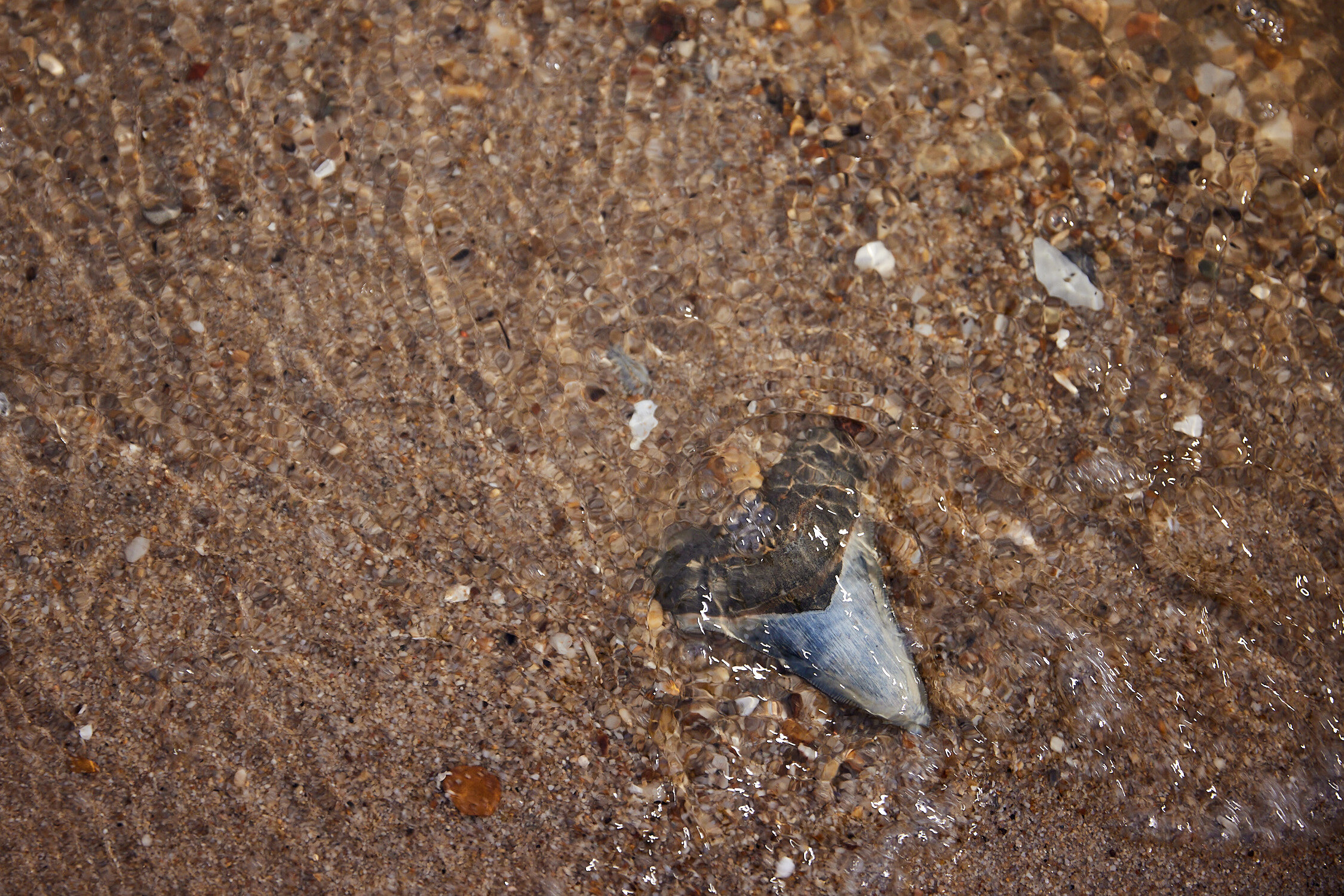

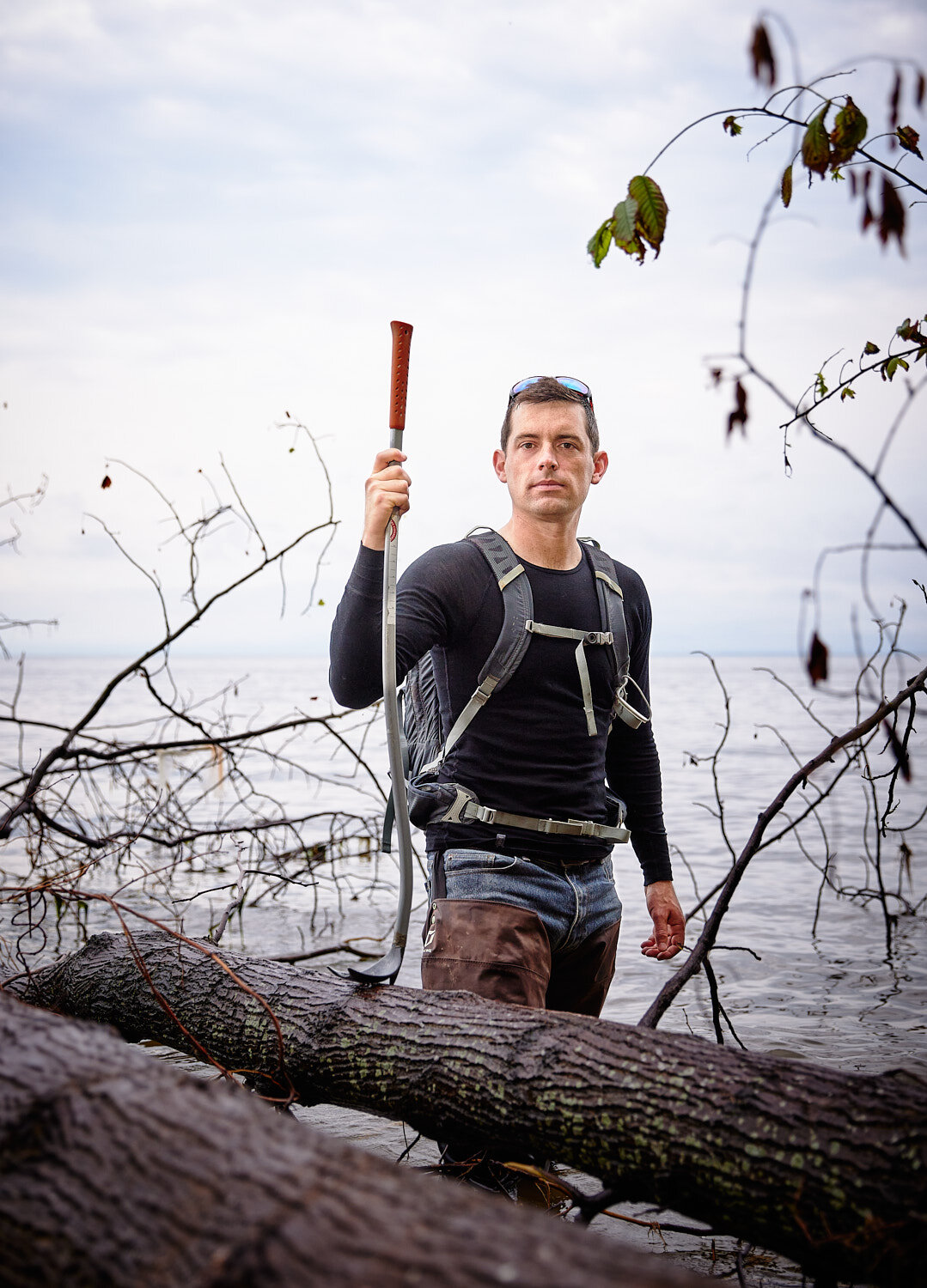

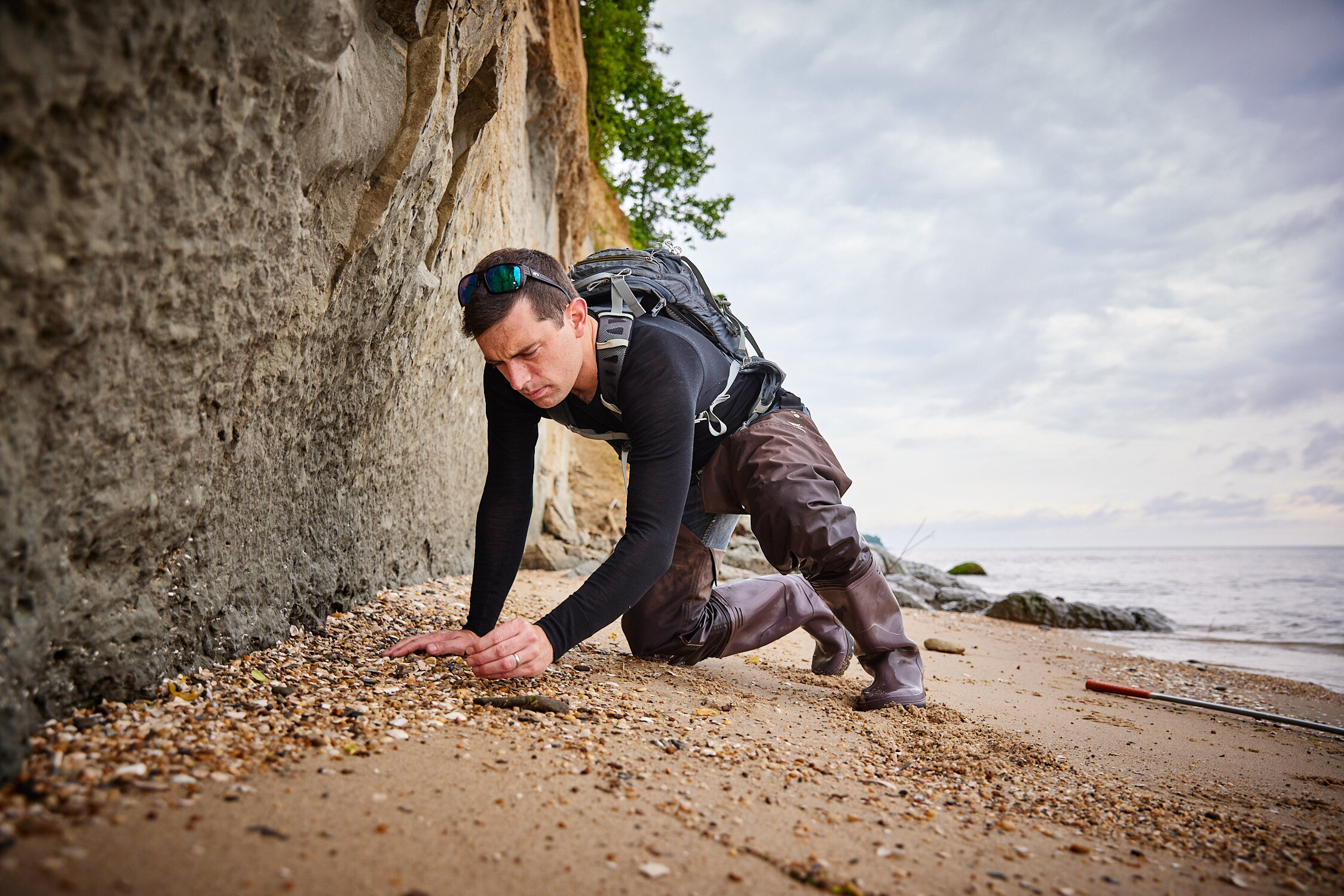






![Not all of the area’s fossil hunting happens on the beaches. The region’s creeks also provide a diverse variety of finds, including dolphin, whale, turtle and manatee specimans. [Image © Matthew Rakola, use with written license only.]](https://images.squarespace-cdn.com/content/v1/5810b797414fb5635ec17858/1631739869434-HKI2OLDK4JADI1MVCOL2/21-125-0871.jpg)






![[Image ©Matthew Rakola, use with written license only.]](https://images.squarespace-cdn.com/content/v1/5810b797414fb5635ec17858/1631739875559-YIWIG5BZY0FCMOKN7DYW/21-125-1446.jpg)

![[Image ©Matthew Rakola, use with written license only.]](https://images.squarespace-cdn.com/content/v1/5810b797414fb5635ec17858/1631739876963-REOLAQZA7WERMVCSJ75R/21-125-1594.jpg)



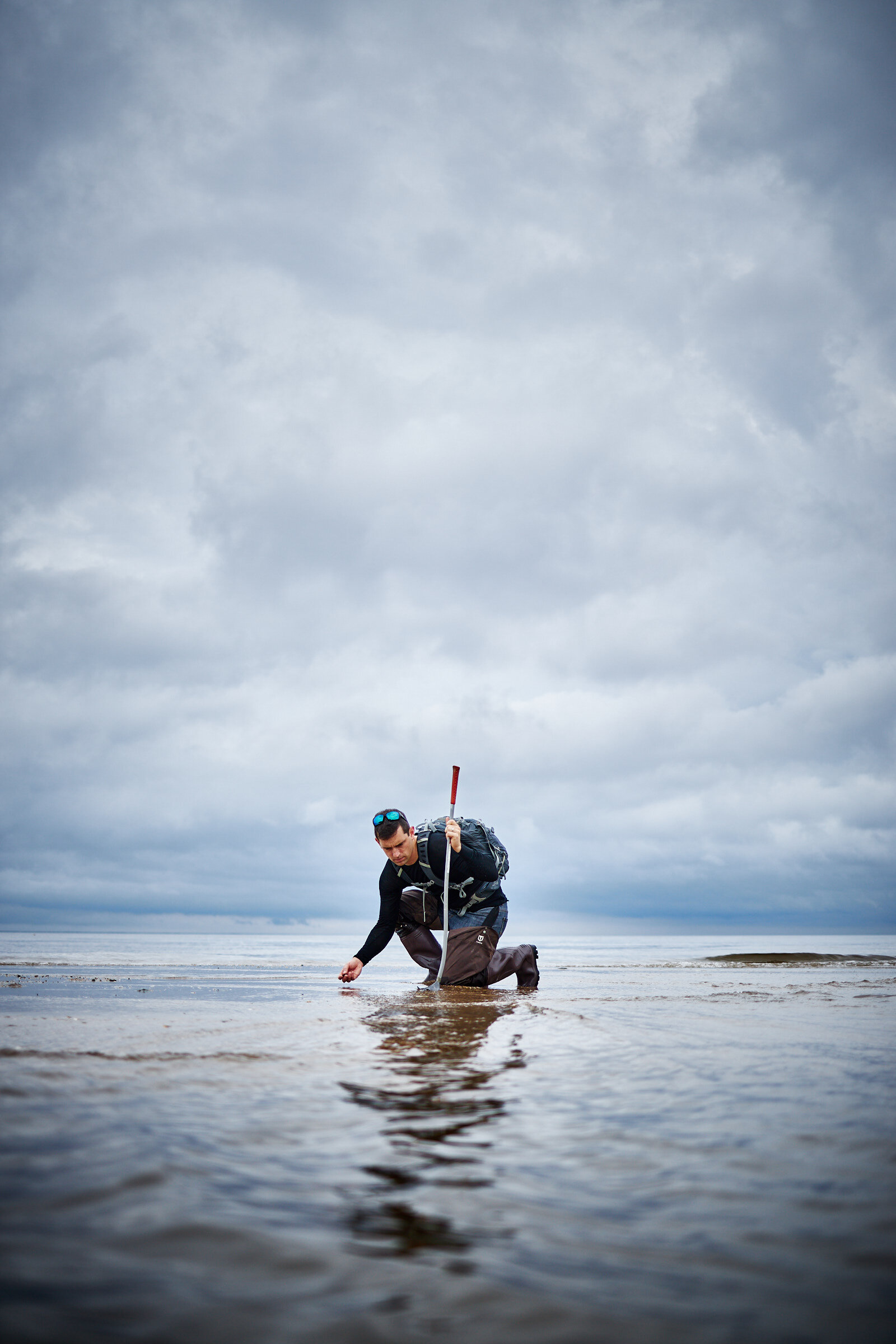
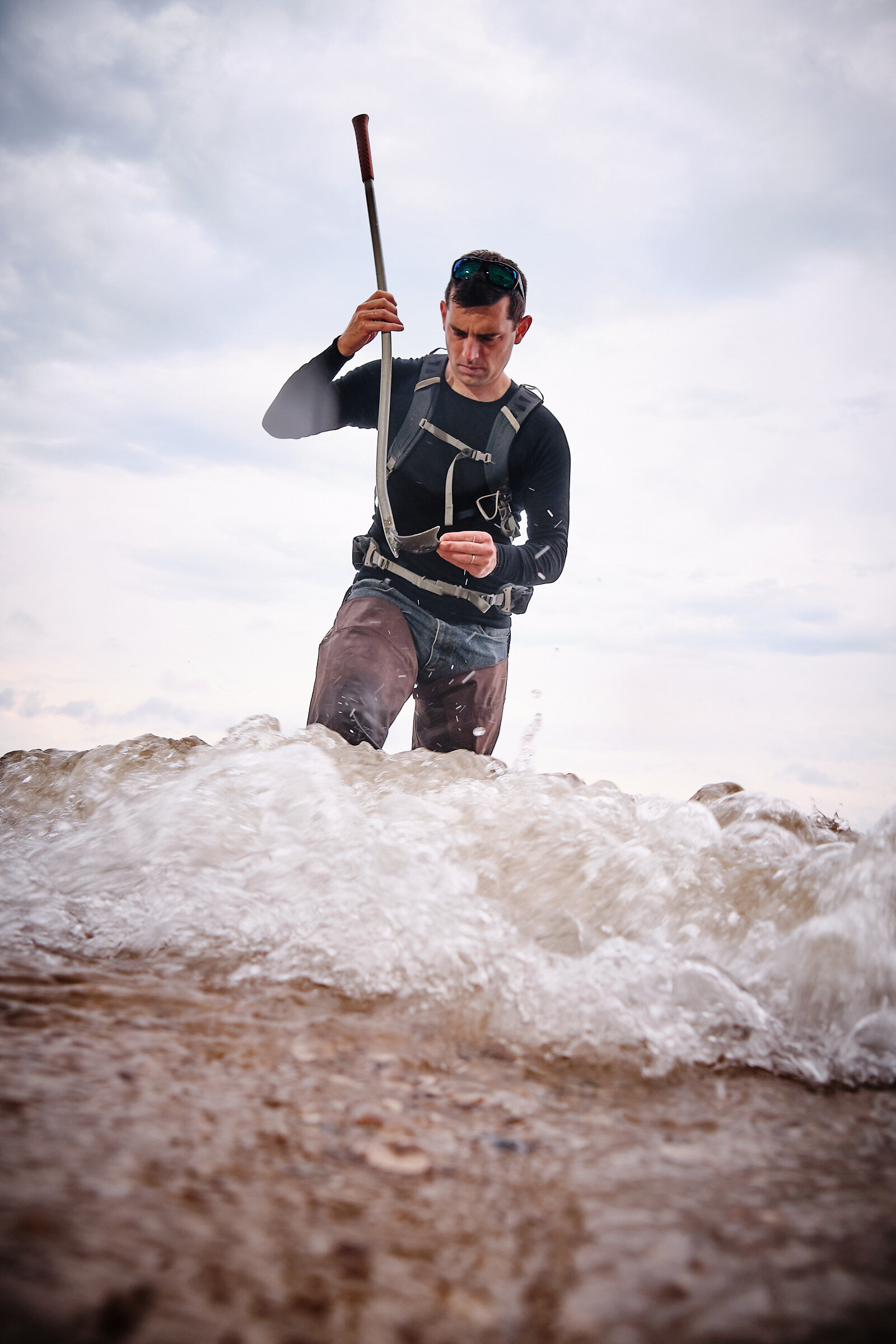
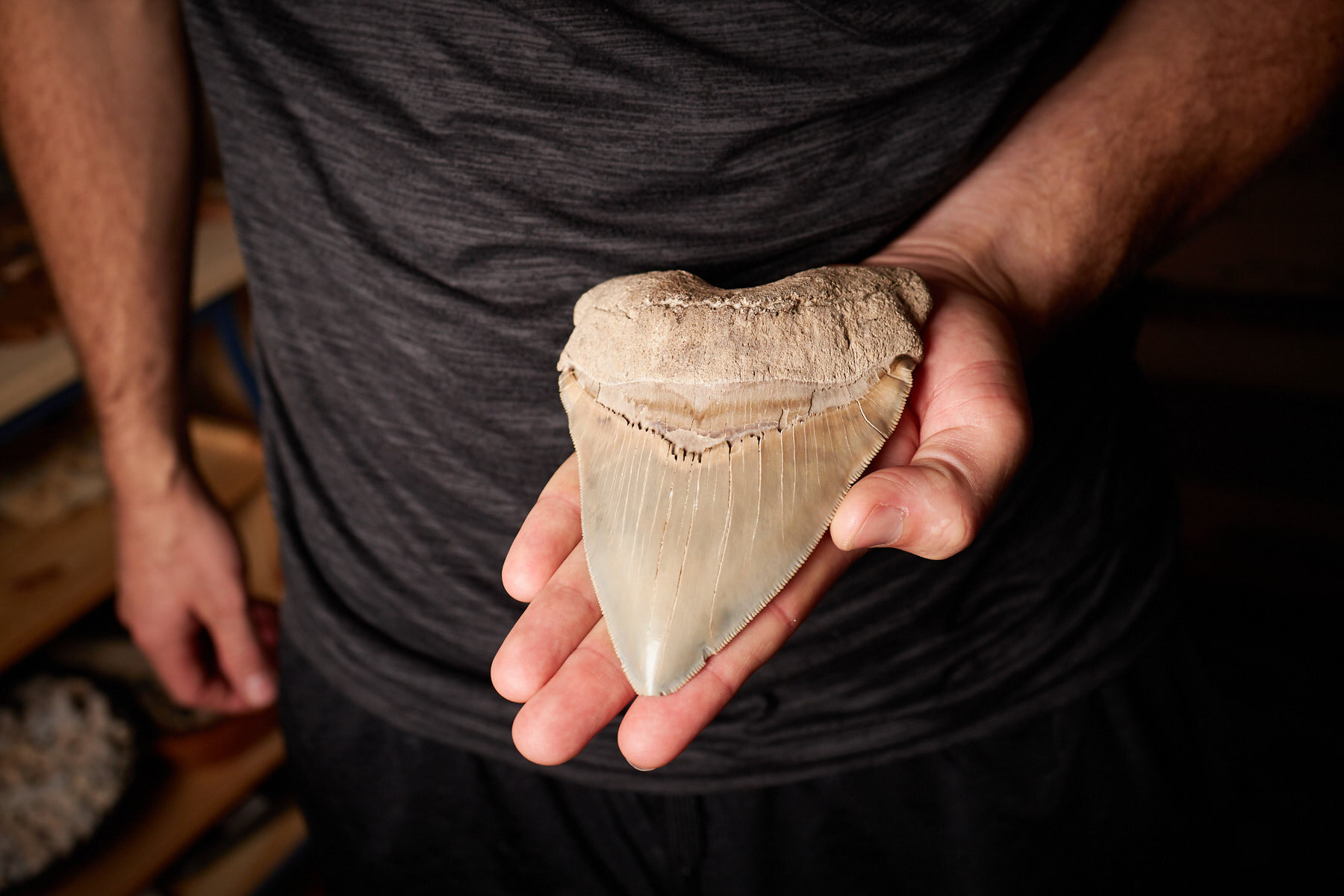
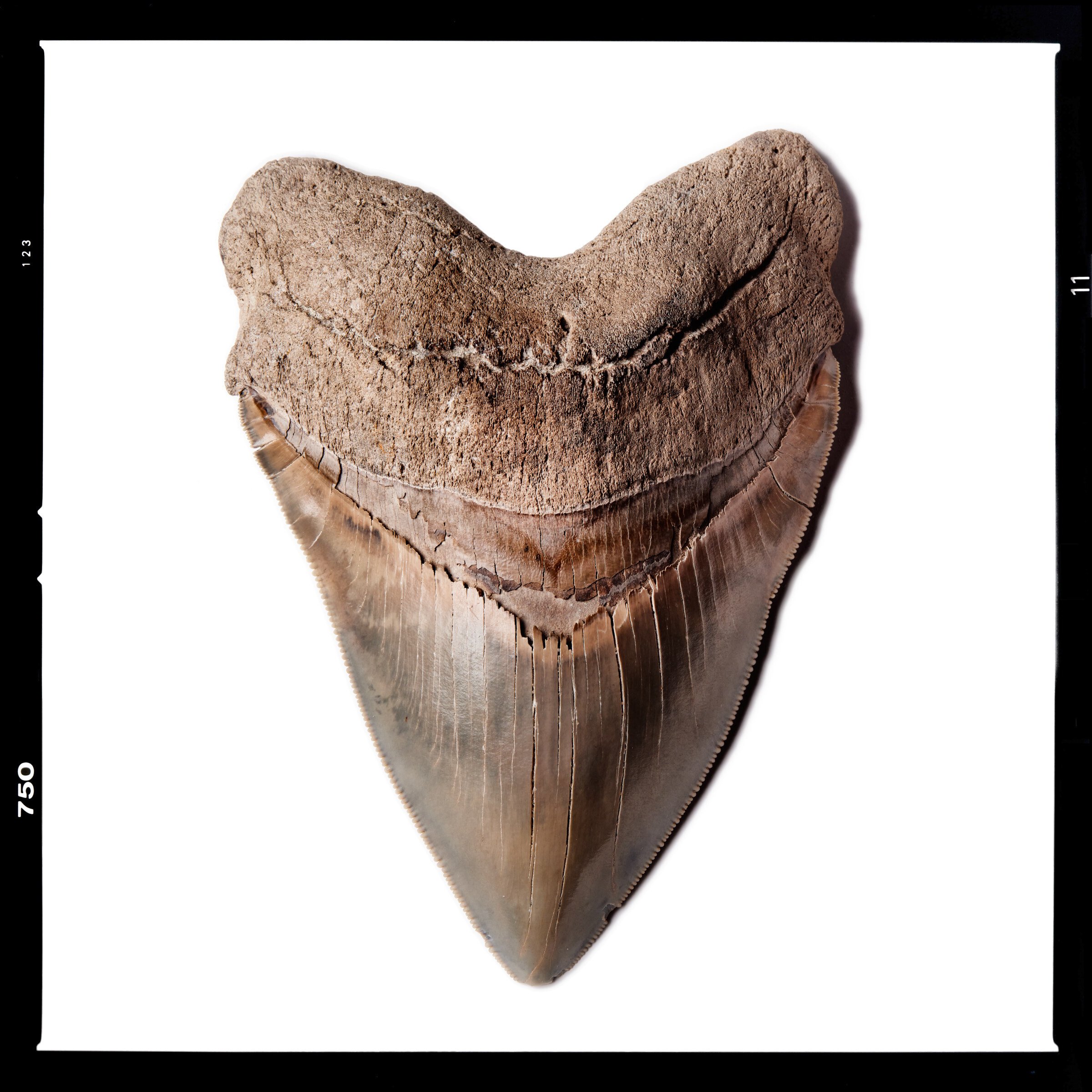
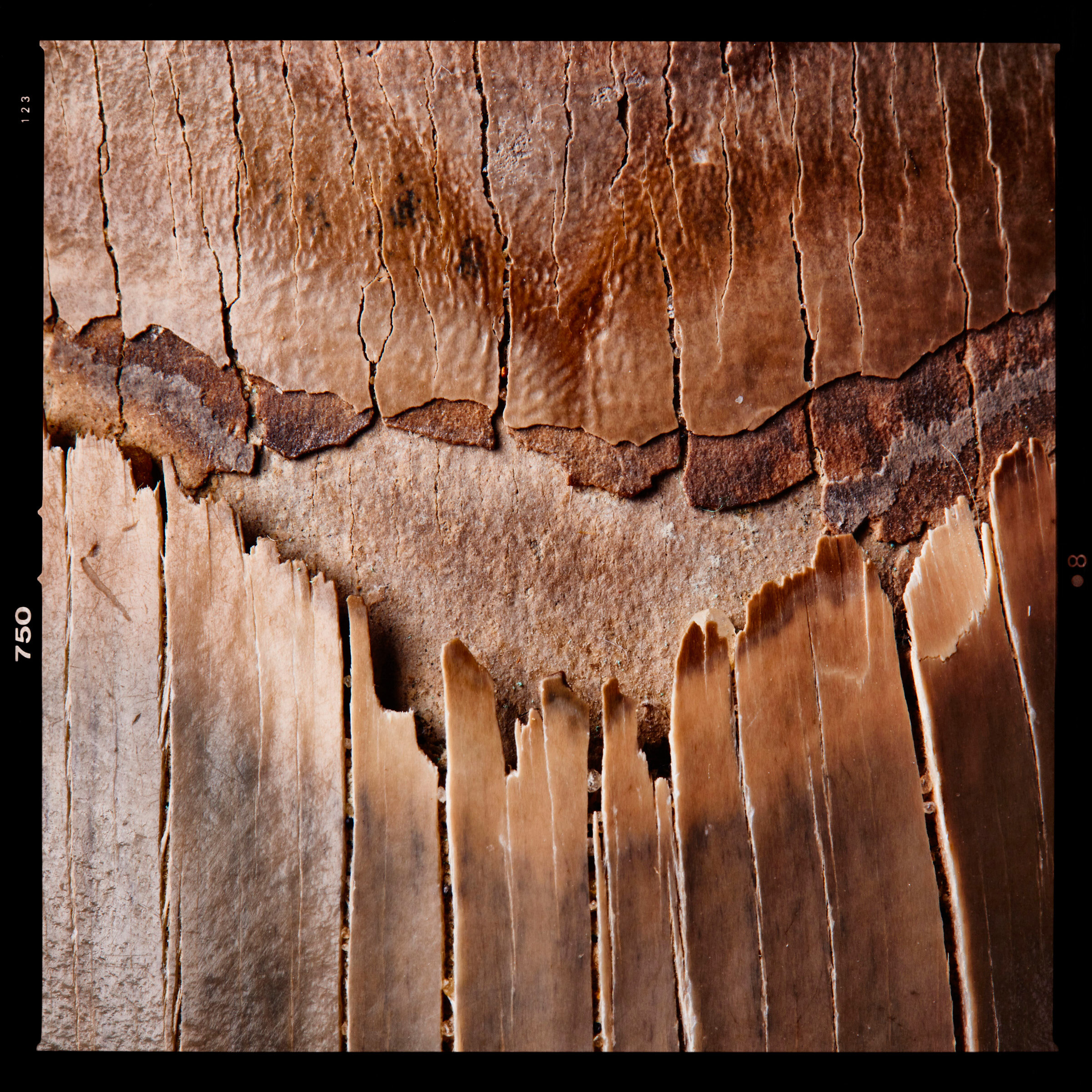
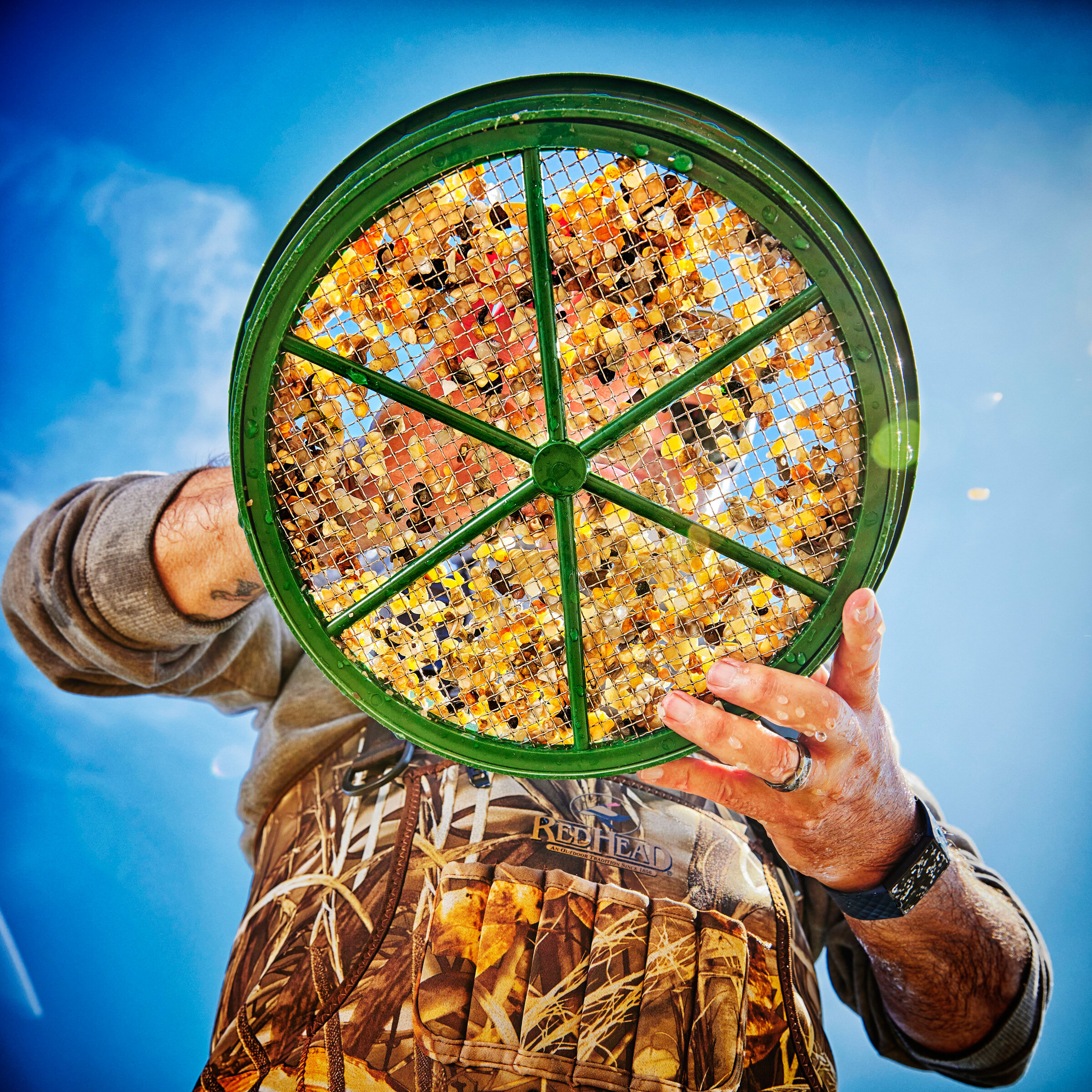
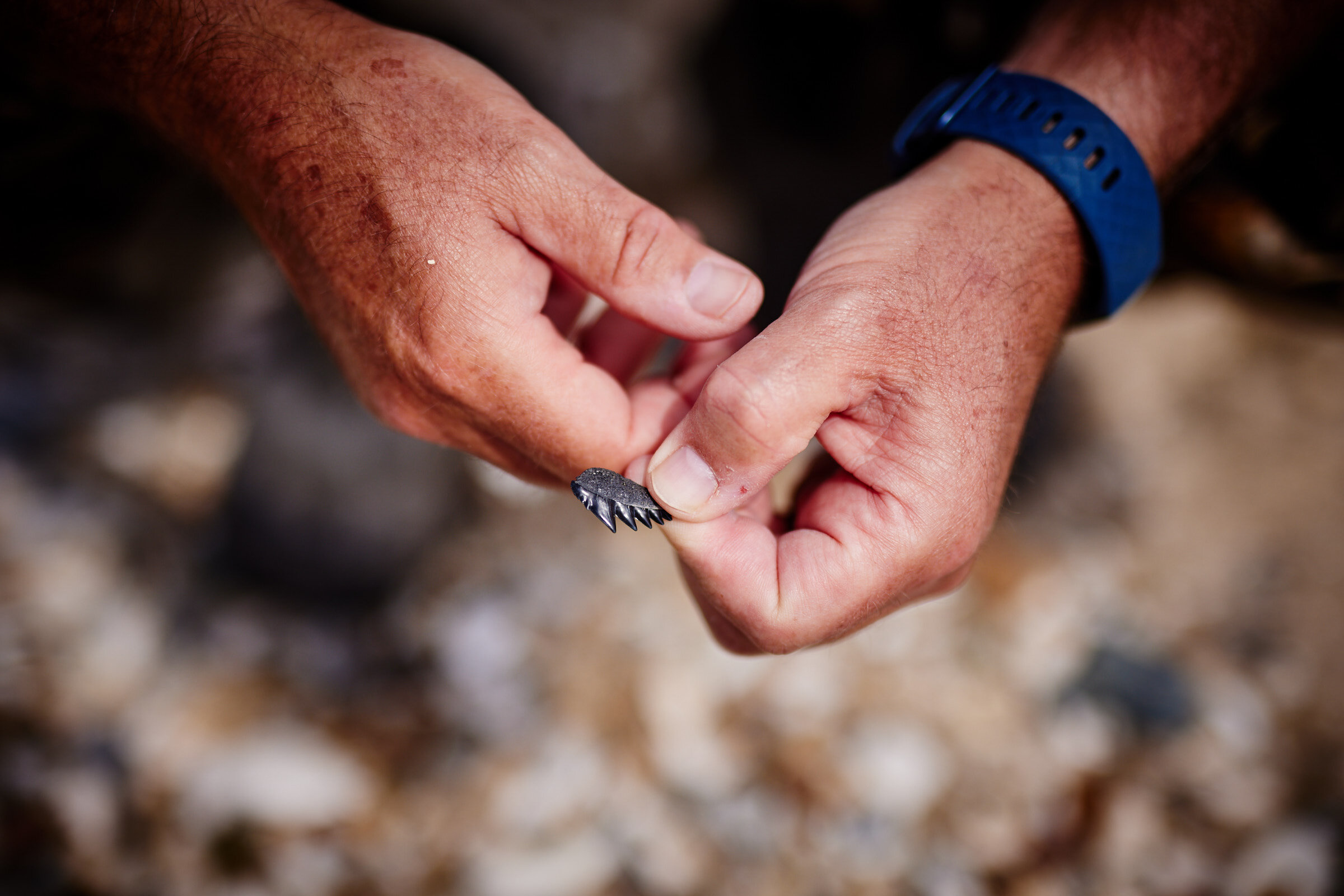
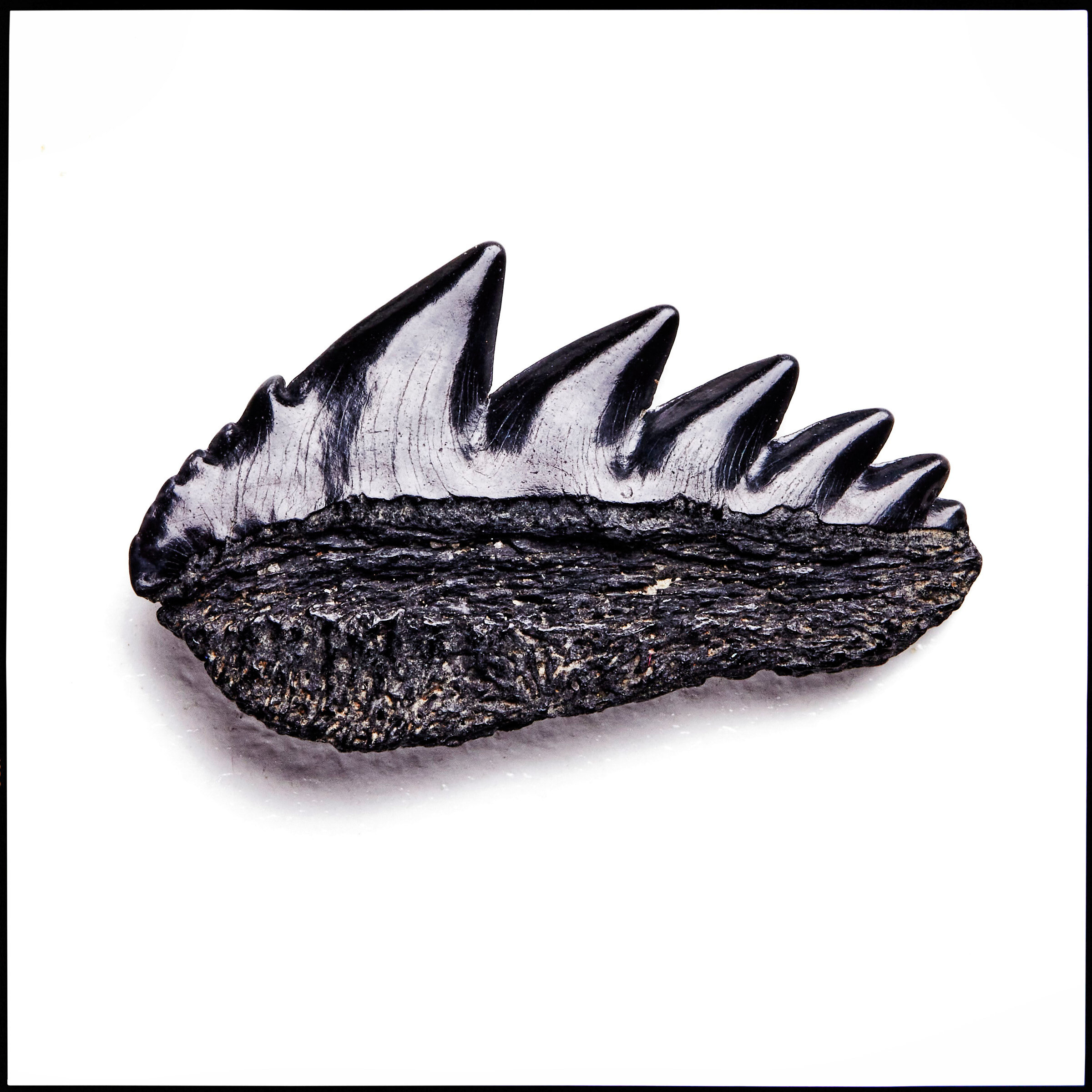
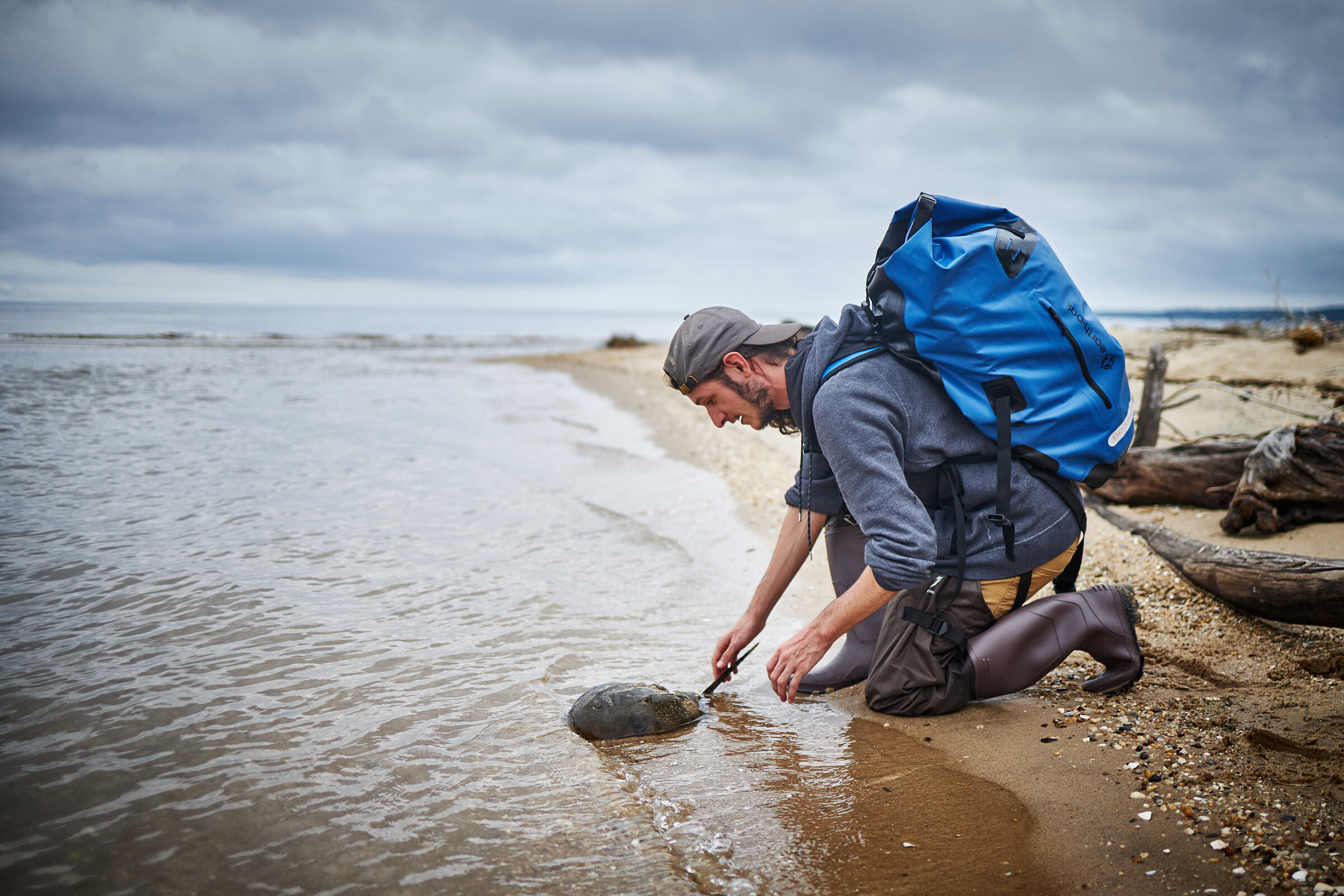
![George Porterfield, fossil hunter, at Long Beach in St. Leonard, Maryland. I[©Matthew Rakola]](https://images.squarespace-cdn.com/content/v1/5810b797414fb5635ec17858/1624399063800-3RFAYYIF0CXP14E80FTV/21-125-0152.jpg)
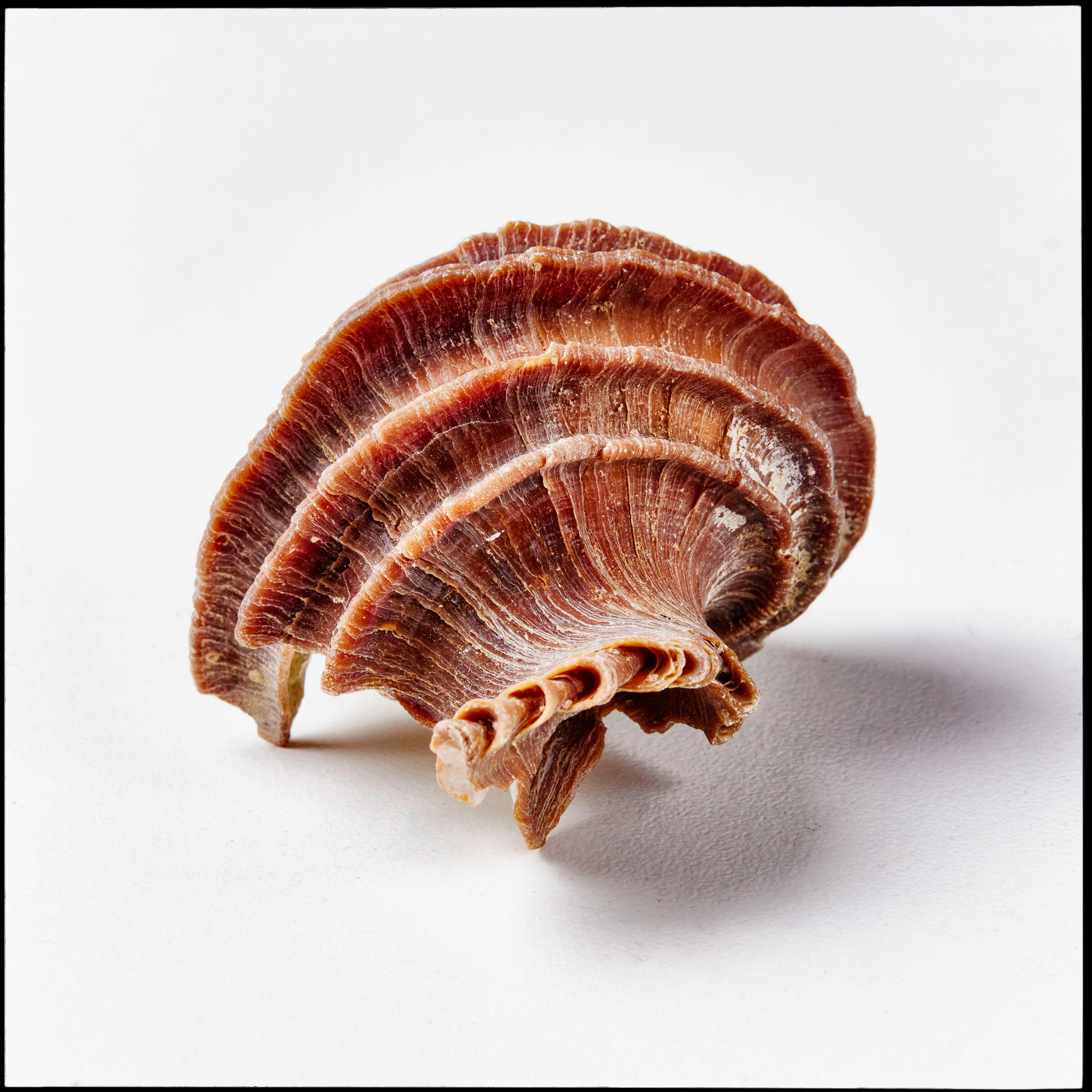
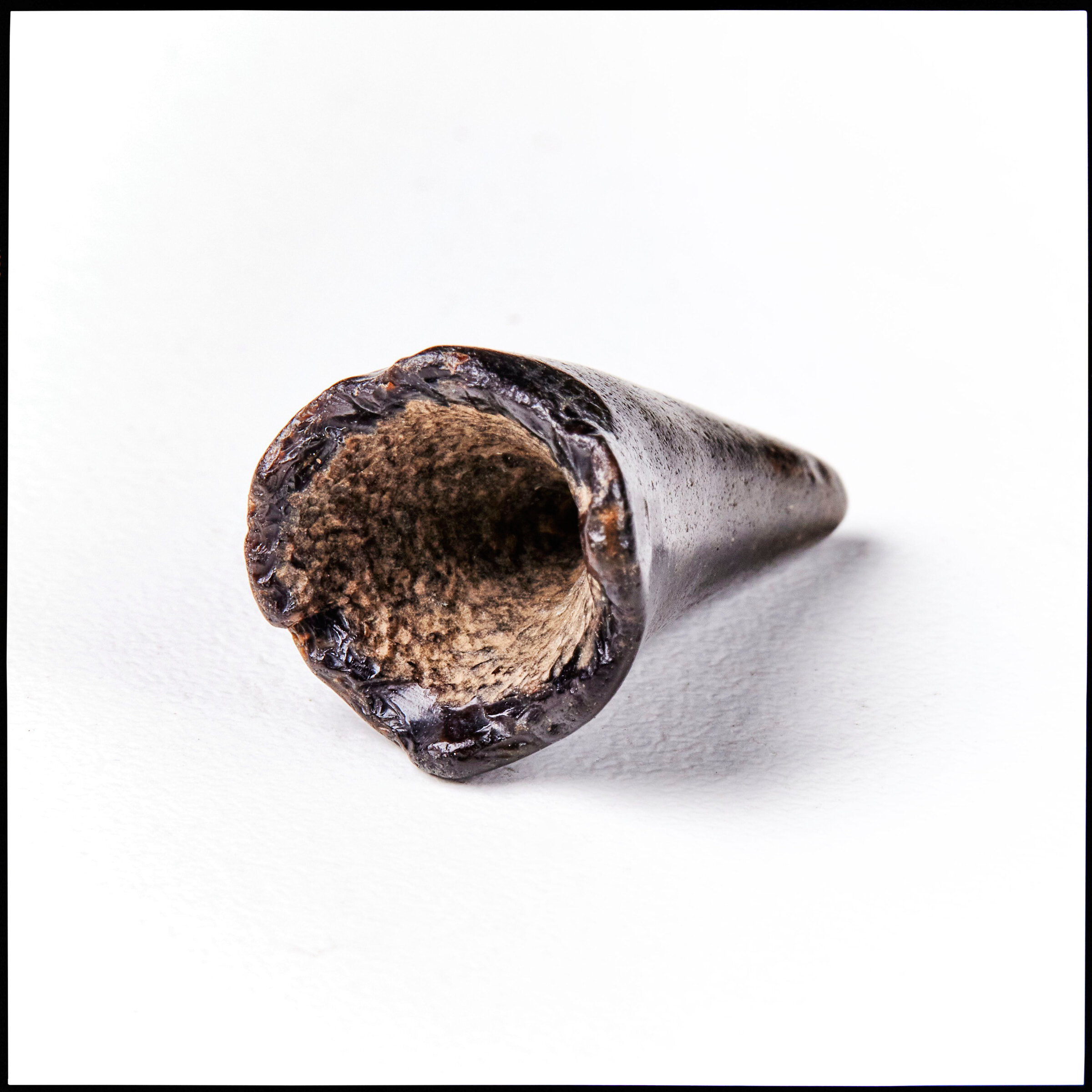
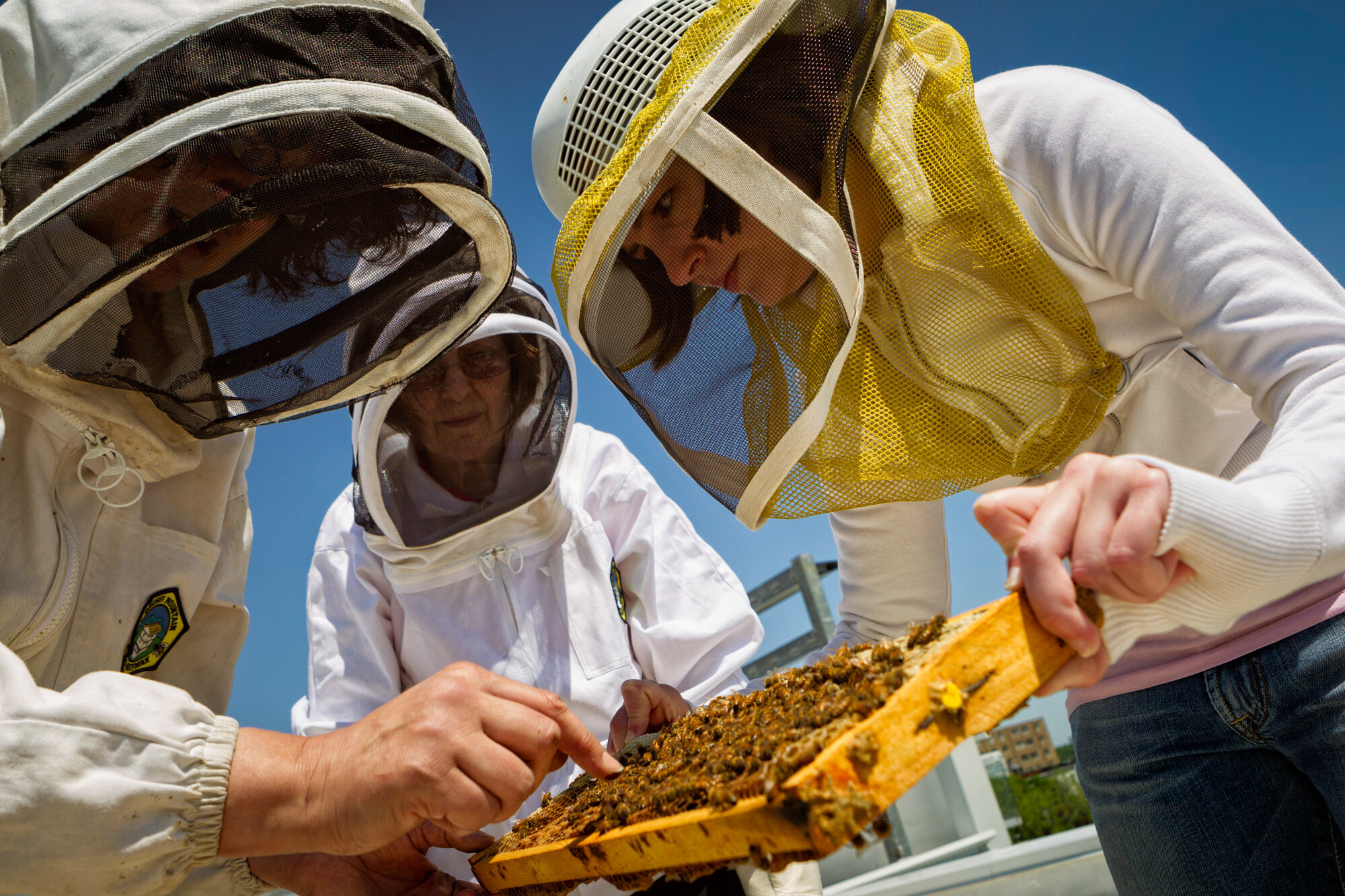


![close up of bees at the Columbia Heights Communicity Center rooftop hive. [image ©Matthew Rakola]](https://images.squarespace-cdn.com/content/v1/5810b797414fb5635ec17858/1620245740273-0CNC38WNVH5EQWKMMVYM/11-131-254-2.jpg)








